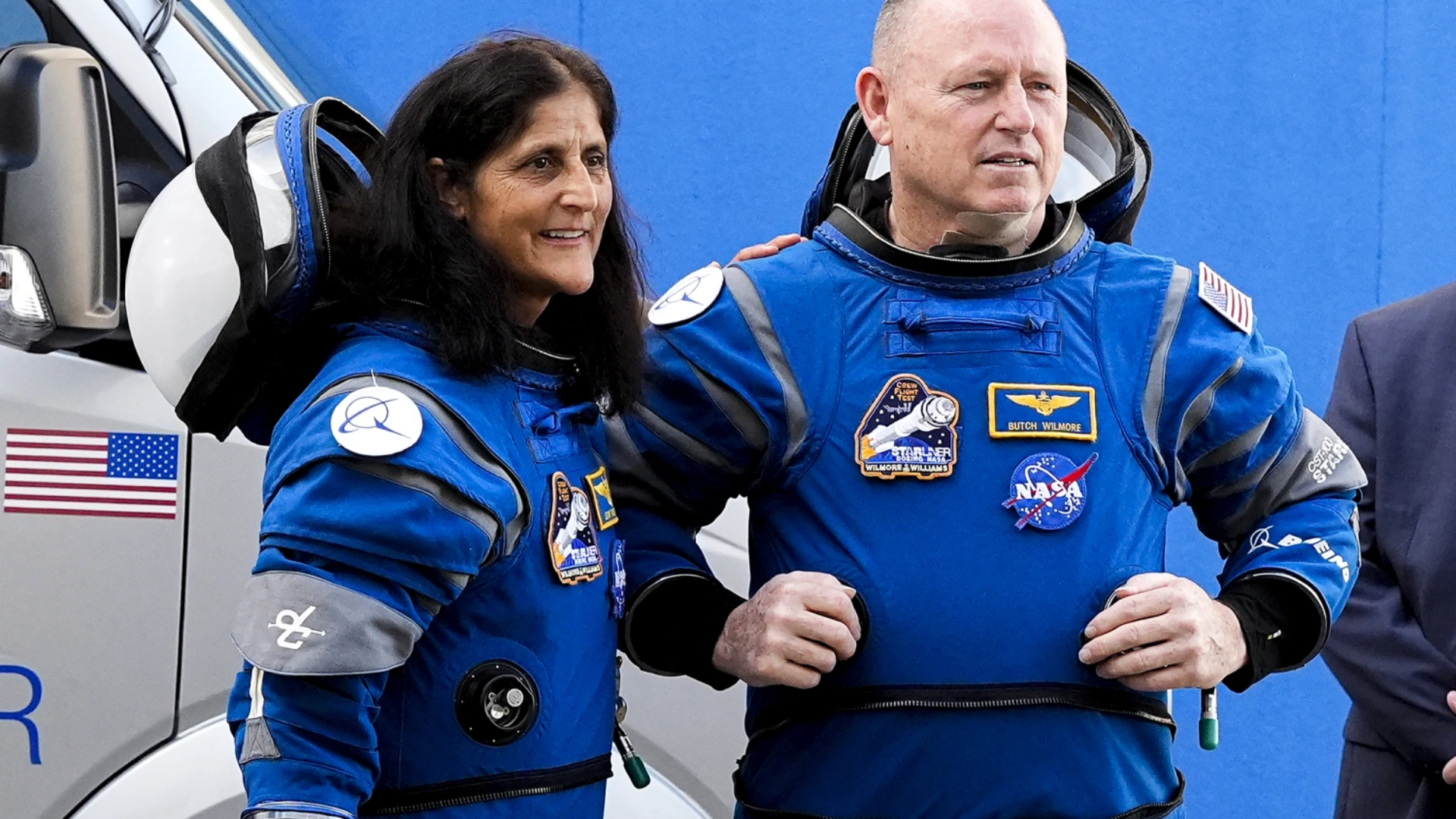Boeing Starliner is gearing up for another attempt to send astronauts Butch Wilmore and Suni Williams to the International Space Station (ISS) aboard their Starliner capsule. The launch is set for Wednesday at 10:52 AM (1452 GMT) from Cape Canaveral Space Force Station in Florida, with the mission expected to last about a week.
A previous attempt on Saturday was aborted with less than four minutes remaining in the countdown due to the ground launch computer entering an automatic hold. This issue was traced to a faulty power supply, which has since been replaced. Additionally, a valve issue on the United Launch Alliance Atlas V rocket caused another delay on May 6, just hours before launch.
Wilmore and Williams were prepared to launch on both occasions but had to return to quarantine after the scrubs. The Starliner program has experienced years of delays and safety concerns.
NASA aims to certify Boeing as a second commercial crew transport provider to the ISS, a role that SpaceX has been fulfilling for four years. Both Boeing and SpaceX received multibillion-dollar contracts in 2014 to develop crew capsules following the end of the Space Shuttle program, which left the US dependent on Russian rockets. Despite Boeing’s long history, its program has lagged behind.
While fixing the faulty rocket valve from the previous attempt, a small helium leak was found in one of Starliner’s thrusters. Rather than dismantle the spacecraft to replace the seal, NASA and Boeing decided it was safe enough to proceed.
Boeing has faced multiple setbacks, including a software bug that sent the spaceship off course during its first uncrewed test and the discovery of flammable electrical tape in the cabin after the second test.
Once launched, Wilmore and Williams will rigorously test Boeing Starliner, including manual control during the journey to the ISS. During their stay, they will conduct more tests to evaluate if the spacecraft can serve as a safe haven during emergencies on the ISS.
The mission will conclude with Starliner’s re-entry into the atmosphere and a parachute and airbag-assisted landing in the western United States.








